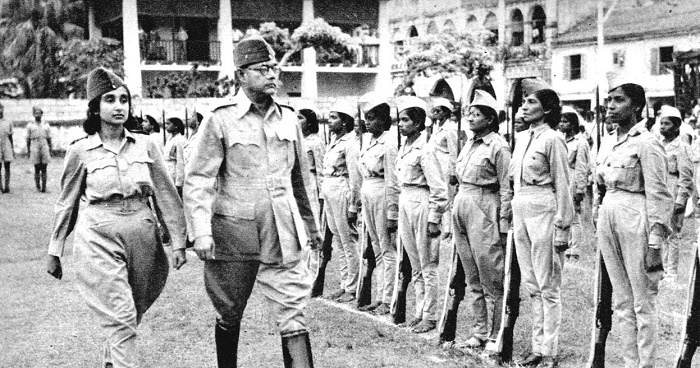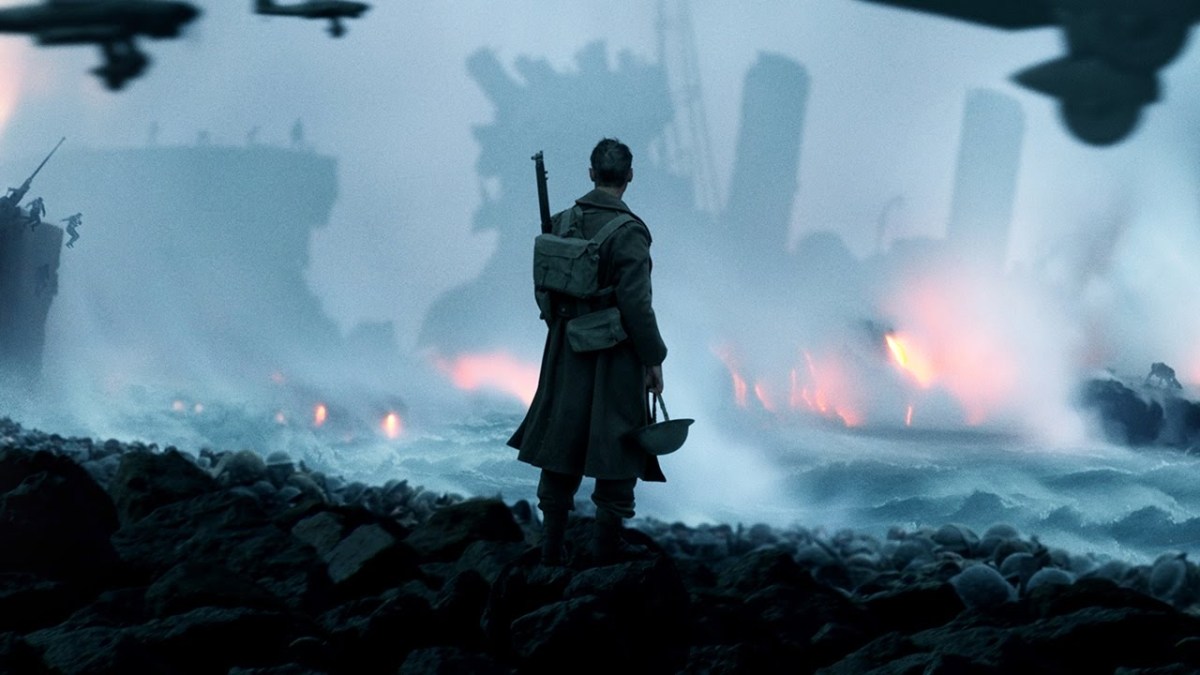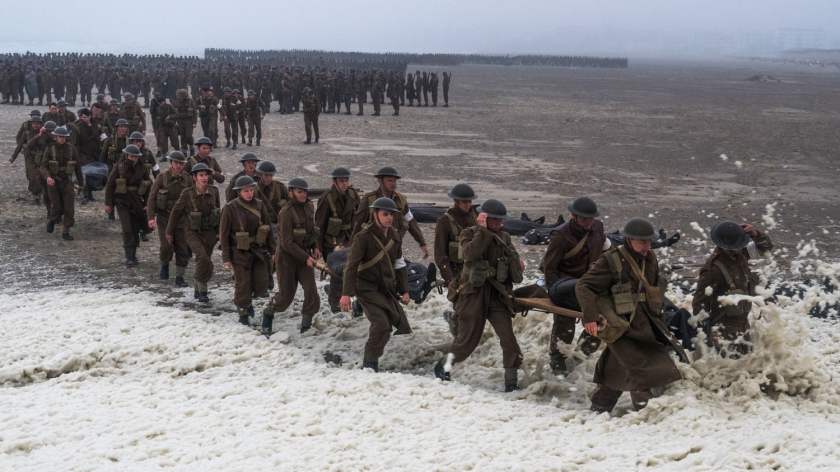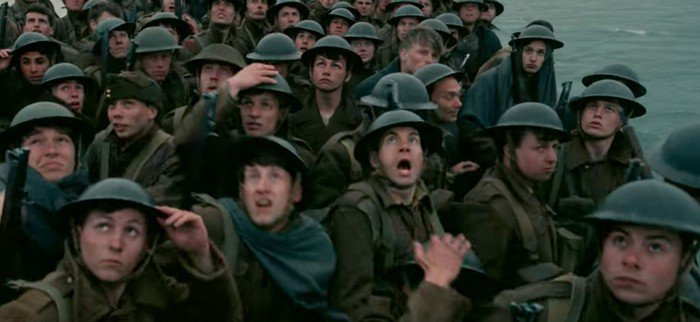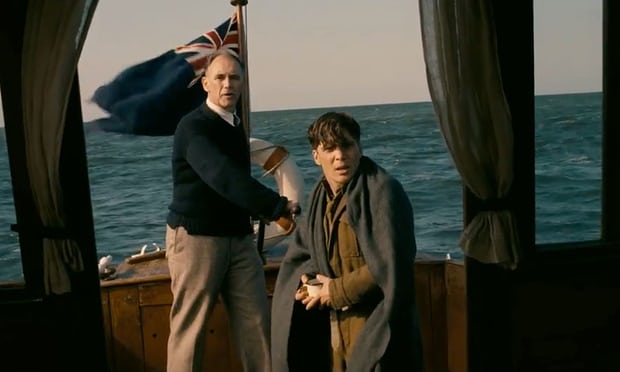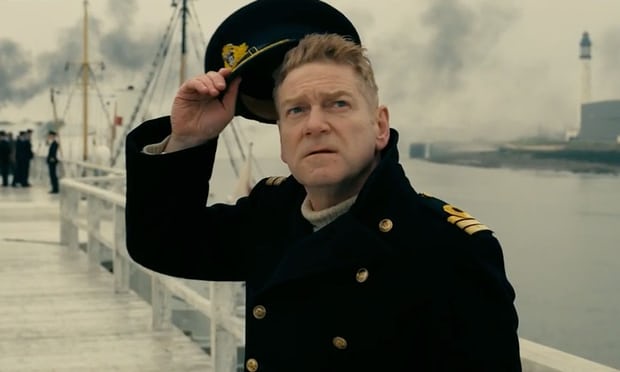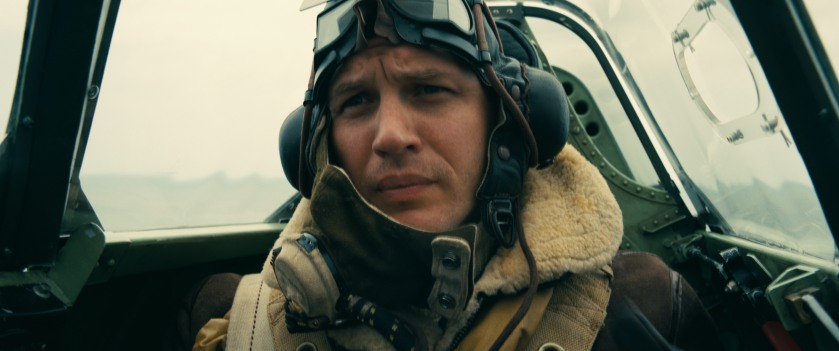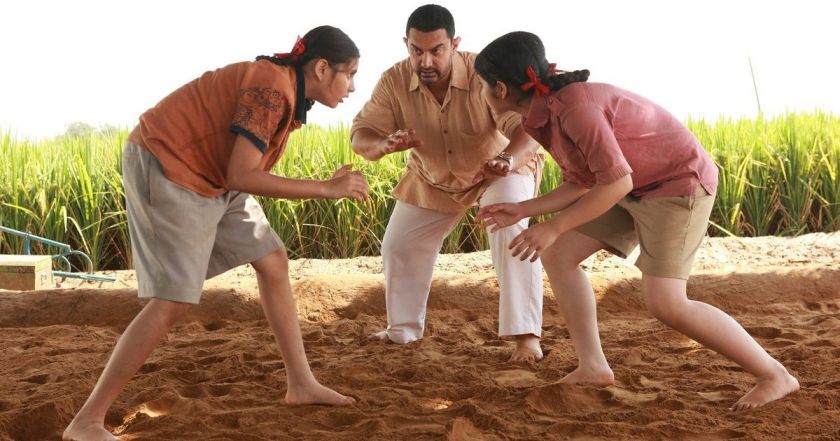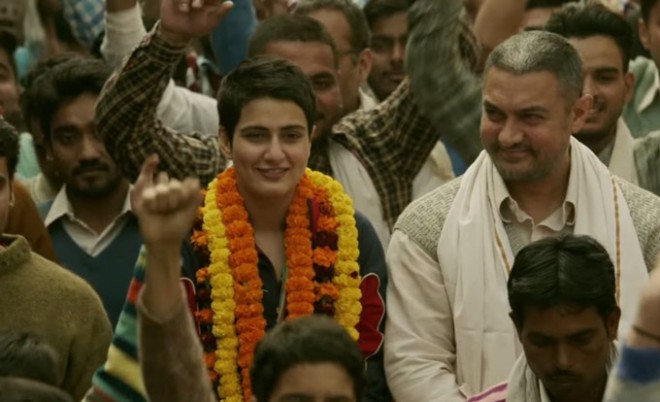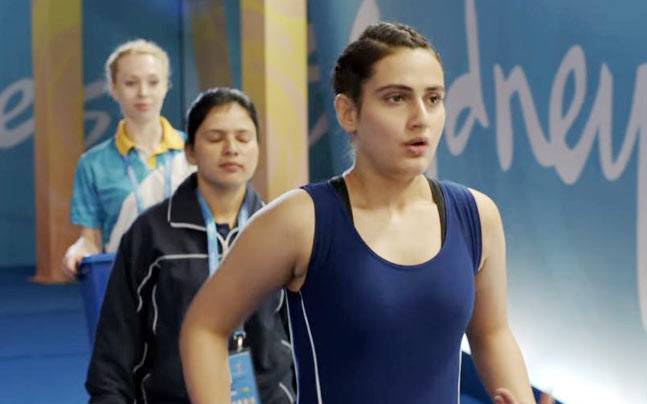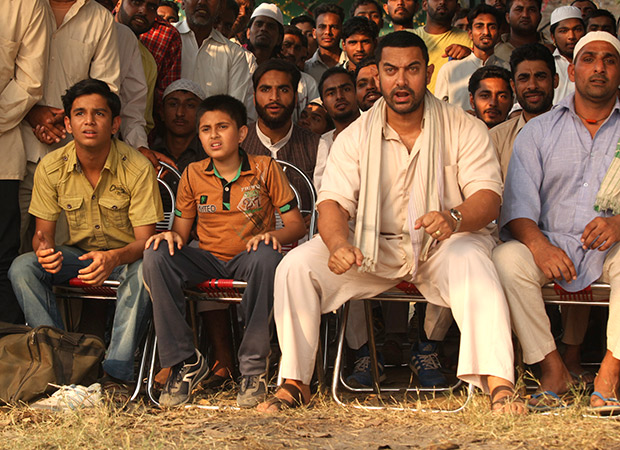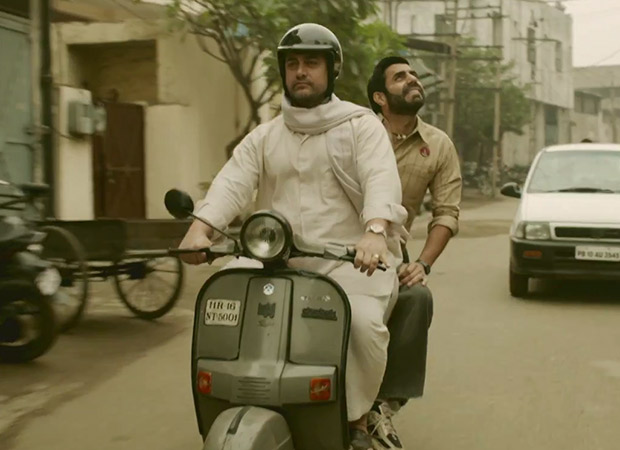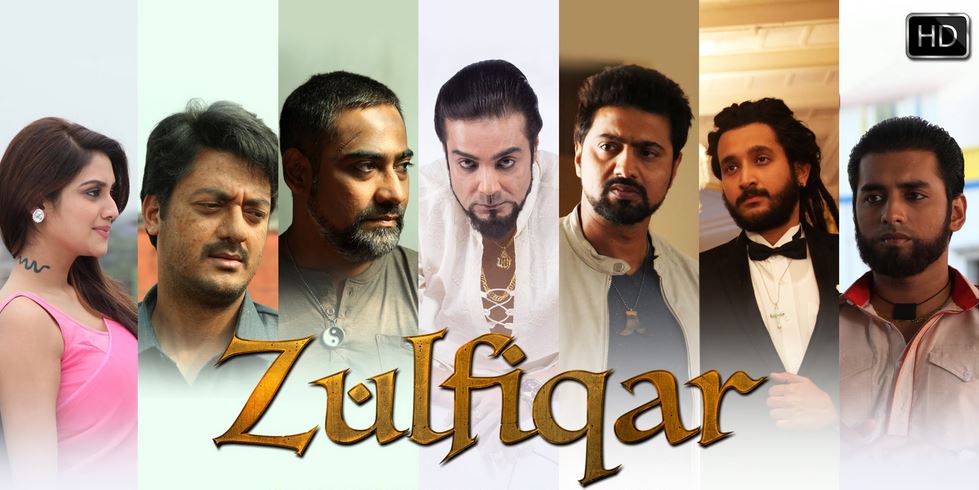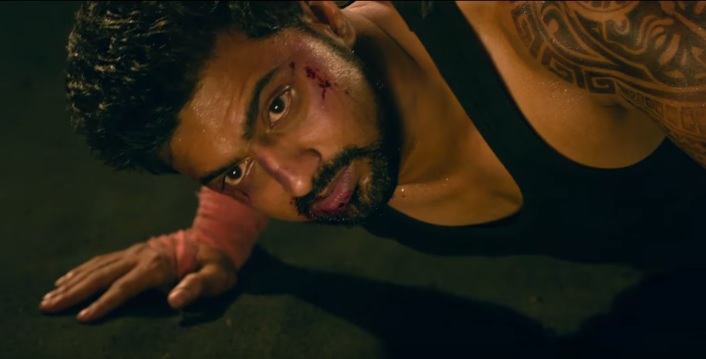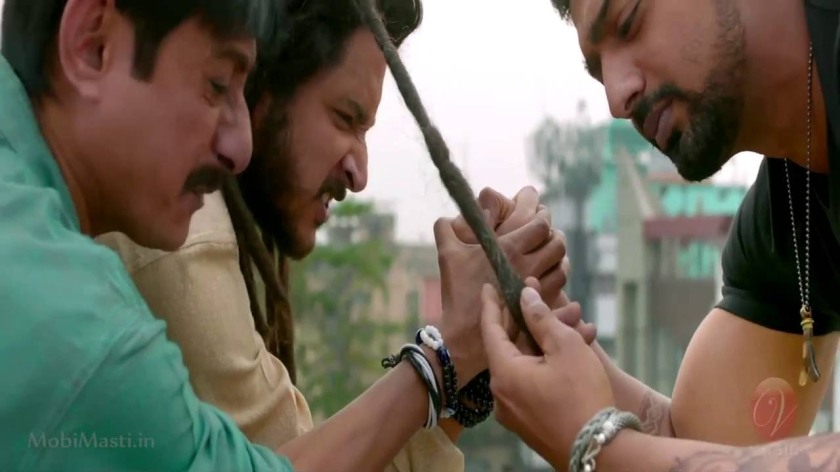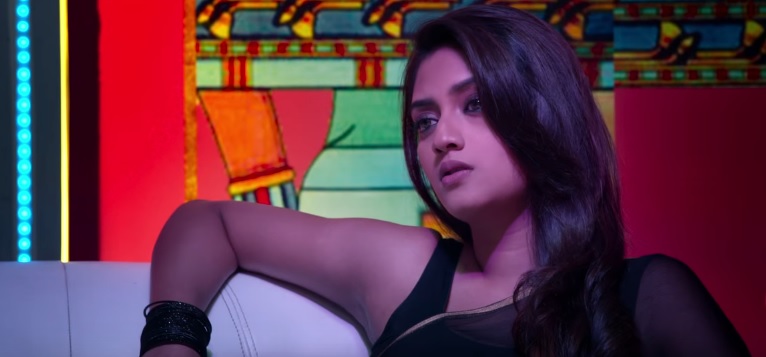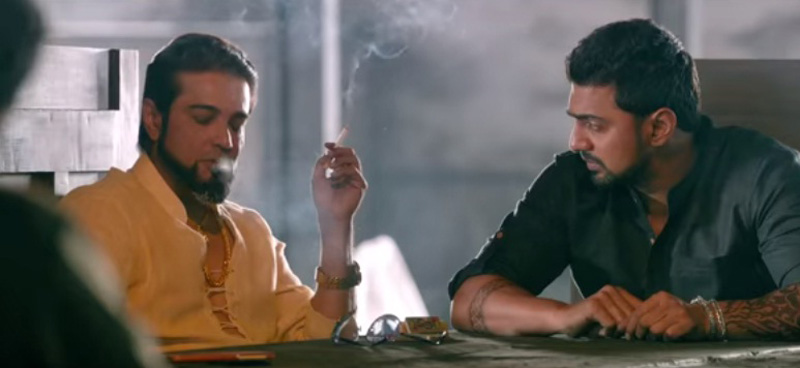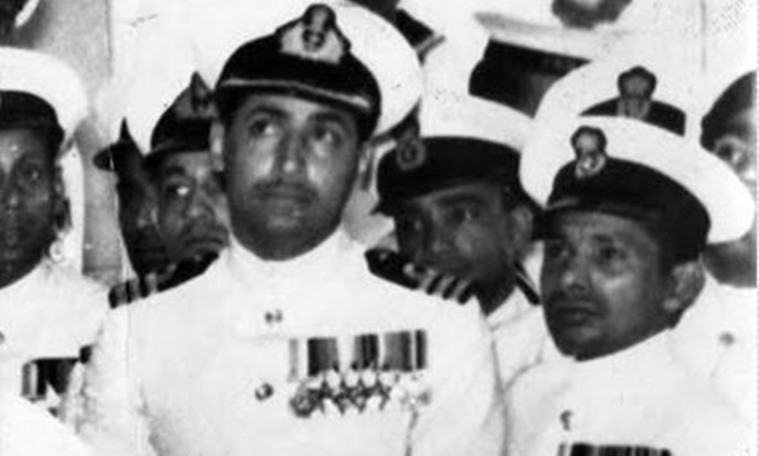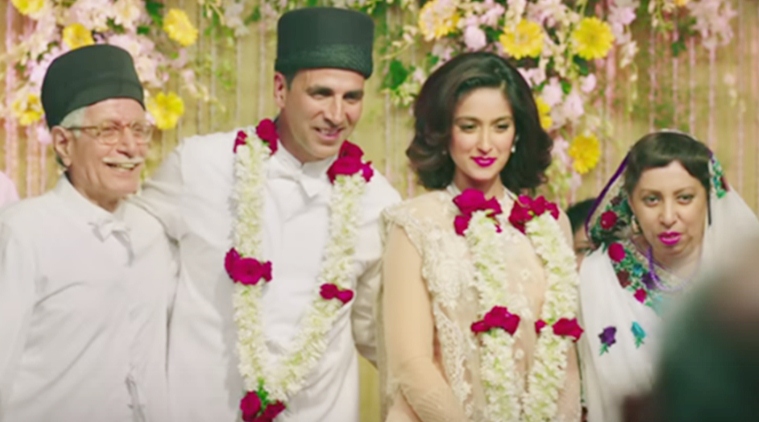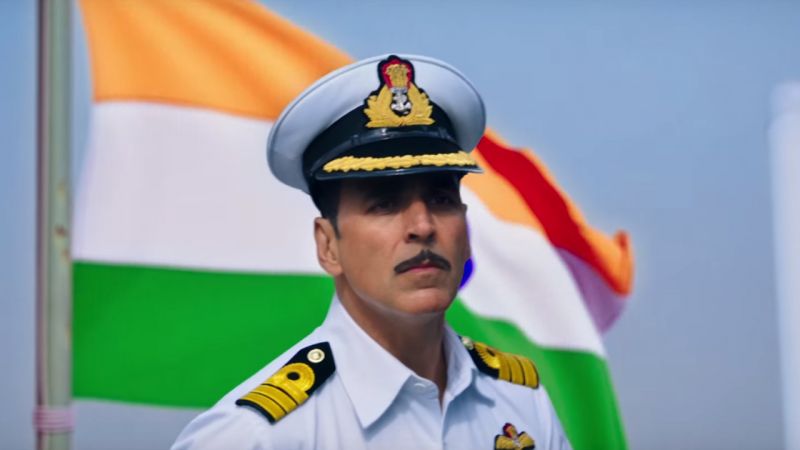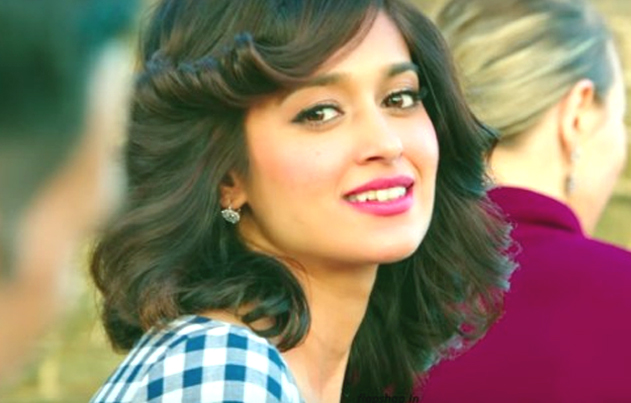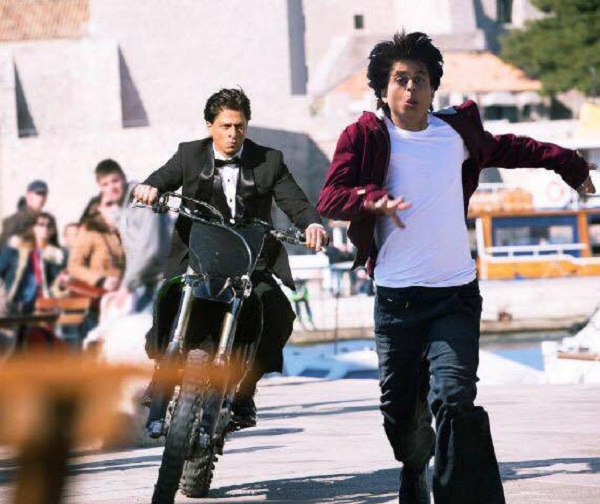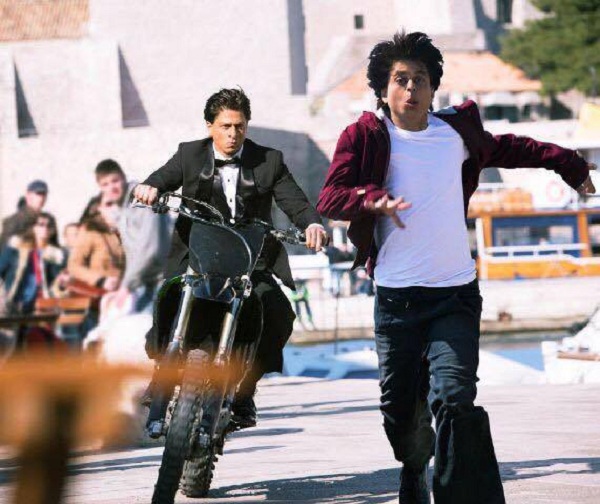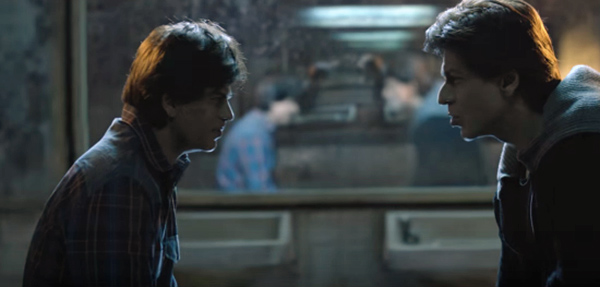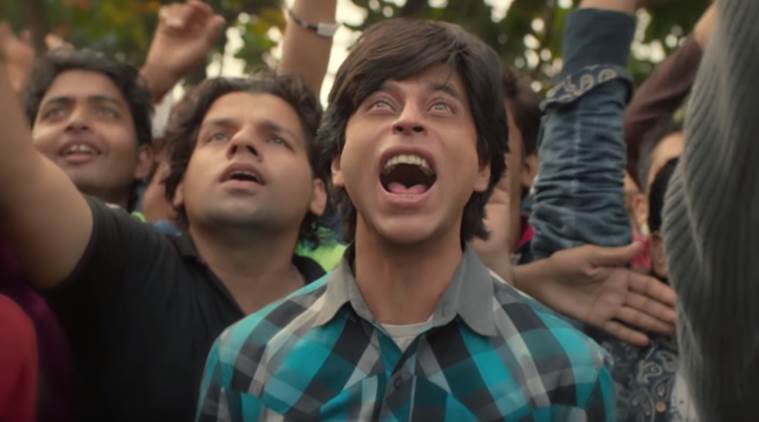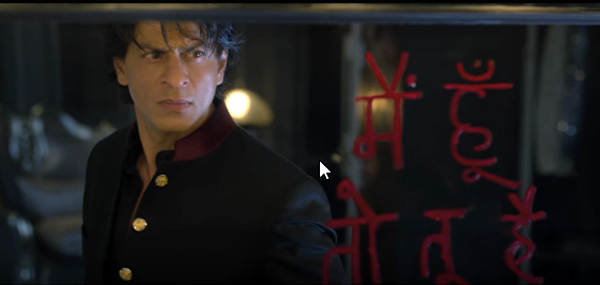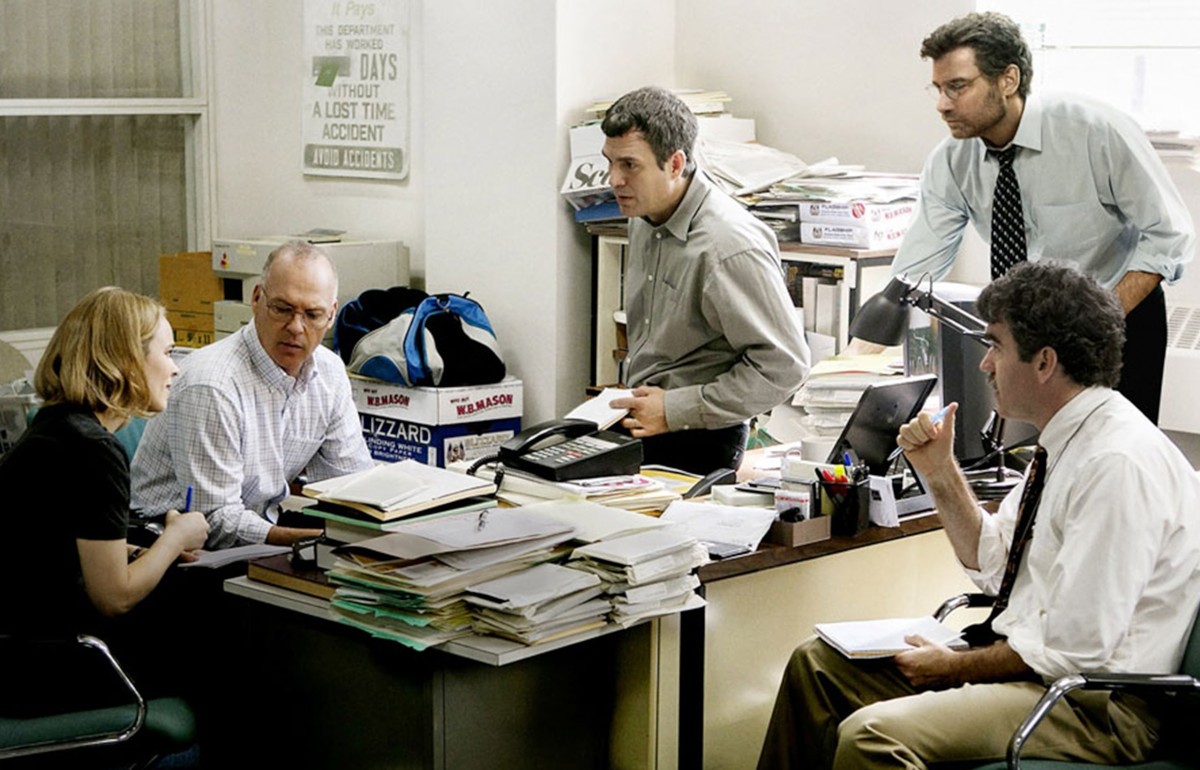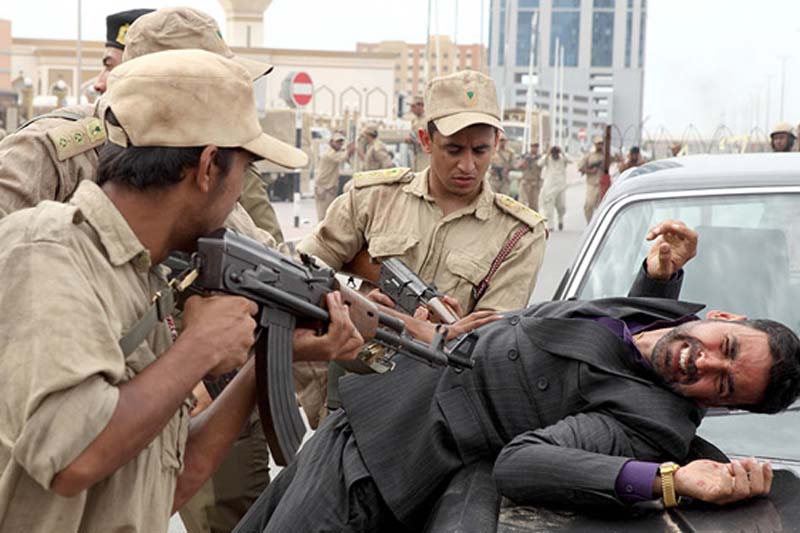For some strange reason, Hindi film industry had ignored Netaji Subhas Chandra Bose and the Indian National Army (INA)’s fight for freedom. Barring a biopic on Bose by Shyam Benegal and some references here and there in films like Rangoon, the INA was a forgotten chapter until Tigmanshu Dhulia brought it out from some deep trenches of history. It was not easy to bring the historic Red Fort Trials on the celluloid with the complexities involving the trial at that time but Dhulia stands up to the challenge and presents us a memorable film which will be remembered in the times to come.
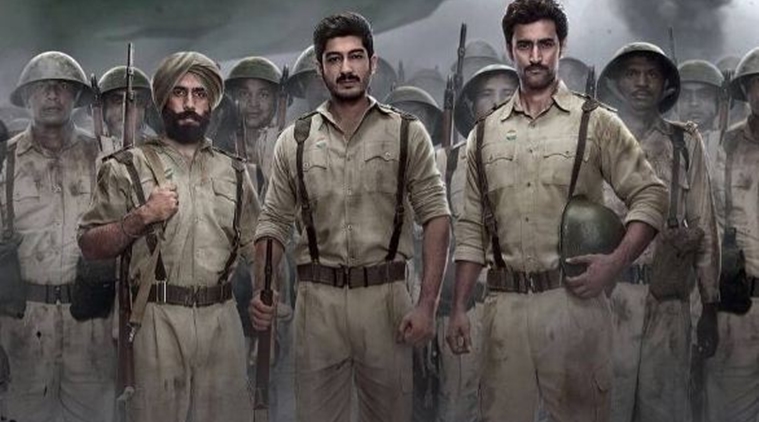
As we had studied in our history books, the INA trials popularly known as the Red Fort trial of the joint court martial of three INA officers namely Colonel Prem Sahgal, Colonel Gurbaksh Singh Dhillon, Major General Shah Nawaz Khan. The three had been officers in the British Indian Army and were taken as prisoners of war in Malaya, Singapore and Burma. The movie taking a non-linear approach presents itself as a war movie as well as a court room drama.
Recently some Indian newspapers criticized Christopher Nolan’s war epic ‘Dunkirk’ for overlooking the contribution of Indian soldiers who had fought alongside British in World War 2. While watching ‘Raag Desh’, we understand why it was overlooked. Indian troops were always dispensable for the British and after Japan’s victory in Malaya, a considerable number of Indian troops were handed over to them as prisoners of war. There was already rapid discontentment among the Indian troops about the step-motherly treatment meted out to them by the British regarding everything from food, pay and rank. As one character in the movie says, after being handed over to the Japanese, the tie between the Indians and British just snapped.
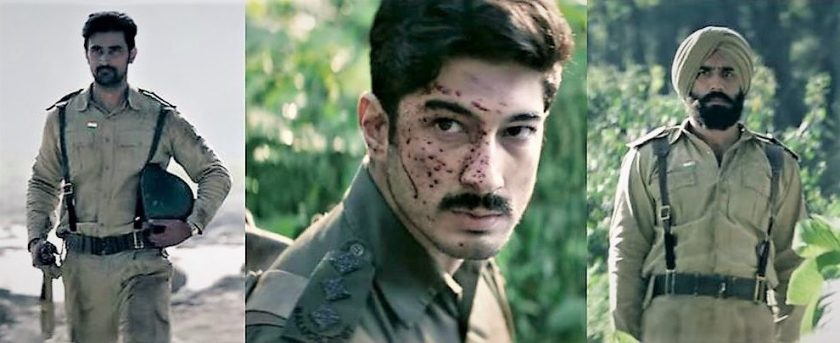
The strength of the film is its meticulous detailing and authenticity. The period detailing is marvelous and the movie is successful in taking the audience back to the 1940’s. Also, multiple languages like English, Japanese, Punjabi, Tamil, Bengali along with Hindi has been used as per the requirement of the characters giving the film a rare authentic feel. The movie is a result of some painstaking research and the effort is evident in every frame.
Dhulia asks some very important questions in the movie. He shows us the predicament of the INA soldiers about killing their countrymen and brothers. He also tells that despite the patriotism, it is not easy for a soldier to continue when food, supplies and ammunition is exhausted. The soldiers here are not cardboard patriots but flesh and blood people. So, many of them think before joining the INA and later when they are offered the chance to leave INA, they do so without regret. Also, very interesting is the treatment meted out to the INA prisoners of war by the Indian soldiers of the British Indian soldiers. The INA soldiers were not looked upon as freedom fighters but paid mercenaries of the Japanese who killed their own brothers.
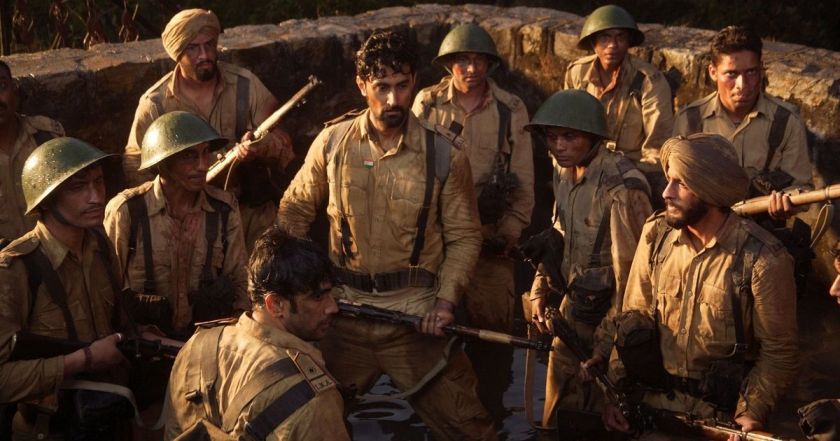
Raag Desh shows us that the politics in those days was not very different from what it is today. Akali Dal tries to cash in on the sentiment by offering legal help for the Sikh soldier Gurbaksh Singh Dhillon while Muslim league does the same for Shah Nawaz Khan. However, both Dhillon and Khan reject the offer as the case is fought under the defense committee set up by Congress.
Dhulia also casts a glance on the British indifference towards India in a small but impactful scene. When, British Prime Minister Winston Churchill is informed about the death of millions of Indians in the notorious famine, he asks, ‘ Is Gandhi dead yet?’
The movie is bolstered by some wonderful performance by a very talented ensemble. Among the three leads, Amit Sadh is the best as the hot-headed Sikh Gurbaksh Singh Dhillon. He has a brilliant show down with a British officer which is one of the highlights of the film. Kunal Kapoor lends the film gravitas with his restrained portrayal of Shah Nawaz Khan. Mohit Marwah, who is doing his second film, shows good command over his role. There is also a very gracefully handled romantic track between him and Captain Lakshmi Sehgal played by the talented Mrudula Murali. Murali, a well known face in Malayalam cinema excels in her short role though her accent sometimes serves as a distraction.
We get some terrific performance from the supporting cast as well. Kenneth Desai, is brilliant as the lawyer Bhula Bhai Desai and his monologue in the climax is some of the few seeti-taali moments from the film. Kanwaljit Singh as Prem Sehgal’s father, Rajesh Khera as Nehru and Zakir Hussain as a Bengali INA officer leaves an impact in small roles.
Two actors who come up as scene stealer are Vijay Varma and Kenny Basumatary. Varma, who had come up with such a chilling portrayal in Pink is in his elements in Raag Desh as the journalist Jamal Kidwai who tries to bring out the truth about INA when British had clamped censorship on the press. Varma plays the journalist with the right amount of restlessness and goofiness and watch for his scene with the Muslim league supporters. He has a brilliant screen presence which is made to effective use in the film.
Sorry Sachin Khedekar, but after watching Raag Desh, we will have to say that Kenny Basumatary is the best Subhas Chandra Bose we have seen on Indian screen. Not just because of his uncanny resemblance to Bose, Basumatary brings such warmth in his portrayal that the screen just radiates in the few scenes he features in. Watch out for his expression when he is weighed against gold. There is another beautiful scene when he refuses to take money of a old lady saying her blessings will be enough and the lady replies, ‘ Sirf ameeron ke paison se azaadi laoge beta?’
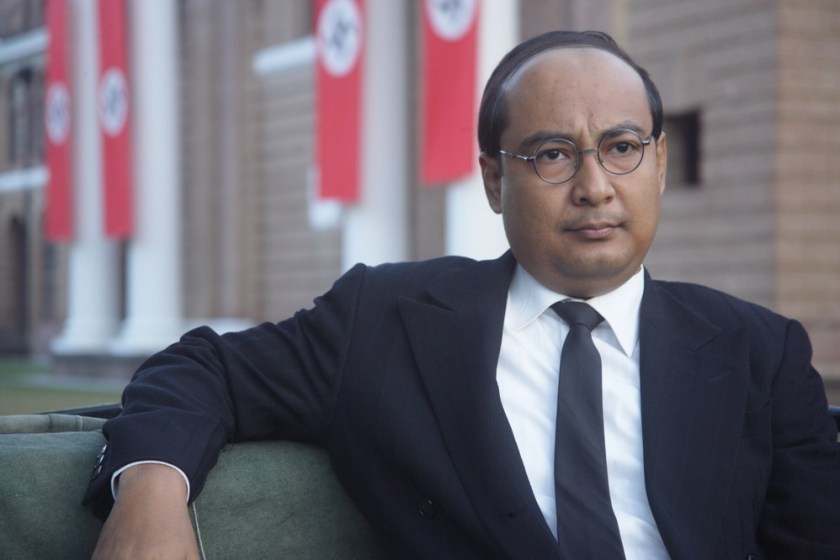
Rishi Punjabi’s camera work is exquisite finding the right balance between shooting the gory war scenes and the court scenes. The movie doesn’t have much space for music though Rana Mazumdar does a good job with both the background score and the modern version of Kadam Kadam Badhaye Jaa. The latter is used throughout the film and brings goosebumps whenever it is played. Only grouse against the movie is its editing. Had the editing been better, the film would have much more engaging.
One thing must be remembered that this film which has been commissioned by the Rajya Sabha TV is made to inform us about an overlooked and forgotten chapter of our history. The movie might not be very entertaining for some, but that was never the purpose of the makers. I have been engaged and moved by the film and have come out from the theatre more knowledgeable about this incident. The importance of the event can be gauged from the fact that even former British Prime Minister Clement Attlee cited the INA activities of Netaji, which weakened the Indian Army – the foundation of the British Empire in India as the most important factor that guided the British decision to relinquish the Raj in India.
Most importantly, this movie reminds us once again in these troubled times that as a nation we can prosper only when we stay united. The message is driven home with the line ‘Hamare sar pe hamara mazhab nahin likha hona chahiye, warna Hindustan banne se pehle hi toot jayega’ and who better than Netaji to mouth them.
